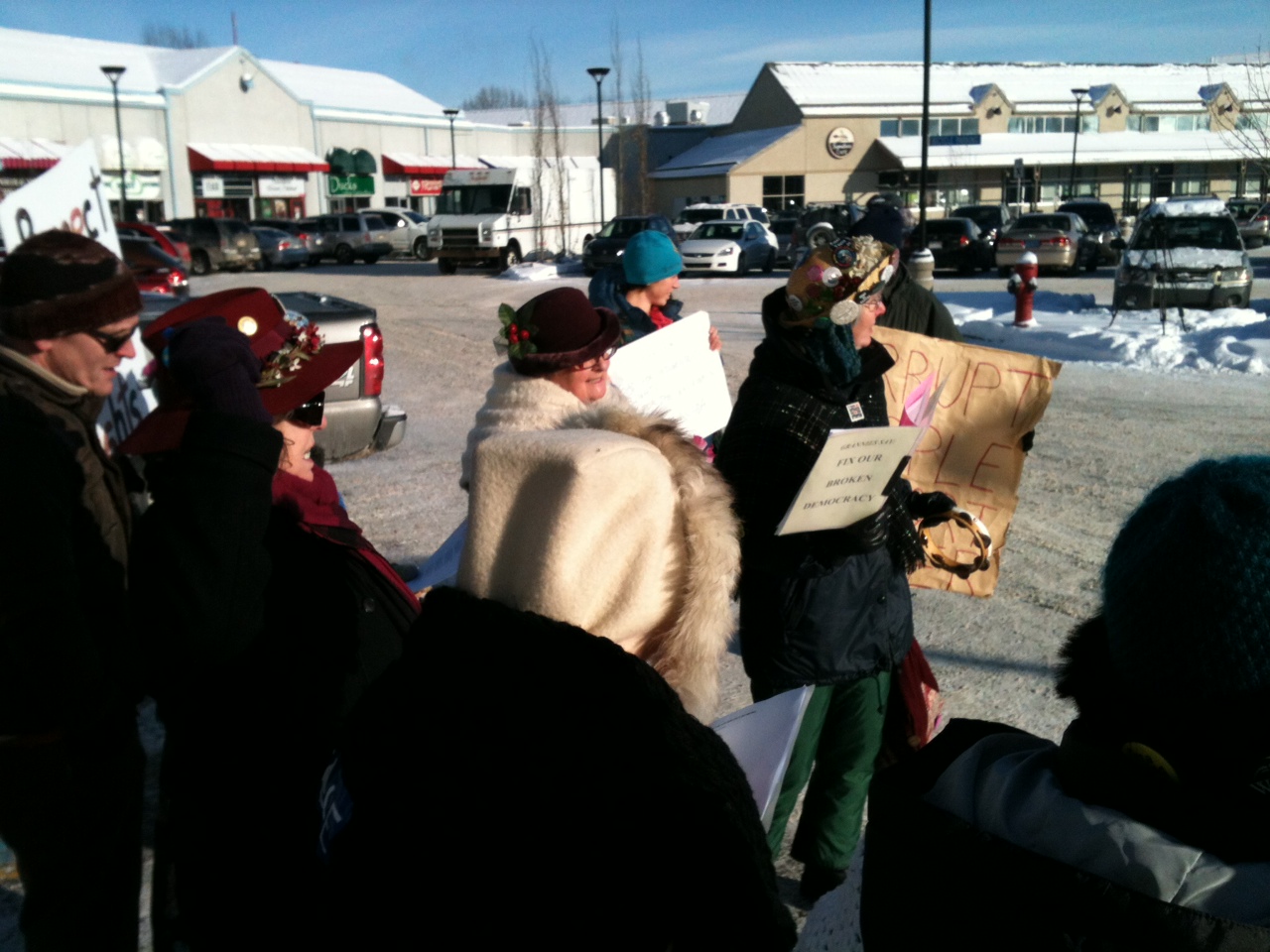Notes on police brutality, deadly bullets and systemic violence
Notes on police brutality, deadly bullets and systemic violence

The recent wave of police repression against the growing anti austerity movement in Québec is shocking.
Last night police launched waves of tear gas against the second massive night protest this week, explosions shook the sky as chemical gases filled the cool spring air.
Thousands did take the streets for over an hour prior to the outright police attack, reclaiming the downtown core with an inspired spirit, chanting against the real emergency that the 2015/16 austerity budget equals for our society, a collective grassroots rejection of an economic program that sees devastating cuts to health care, education and the arts, all while sustaining some of the lowest corporate tax rates in the western world.
In response for these protest call for social justice, police forces are moving decisively to attempt to silence this movement of collective dissent against the contemporary violence of capitalism.
After joining the protest last night, my eyes are hurting, my ears are ringing and honestly my balance is a little off, the impacts of CS gas explosions are serious, especially for those hit at close range, like Naomie Trudeau-Tremblay injured this week in Québec City.
Tear gas is a weapon originally developed and used on World War 1 battlefields, now most commonly deployed by governments to repress popular demonstrations for social and economic justice around the world, an illustration of the brutal militarization of the police. Activists currently are organizing a global campaign to have the use to this dangerous military-grade weapon banned, an effort coordinated between occupied Palestine, the U.S., Bahrain, Egypt and other places internationally.
Today in Québec, as this mobilization against austerity builds, as the state repression deepens, placing the police violence in a broader context, both locally and internationally is so important.
Police in Montréal are a brutal force of injustice.
Since 1987, over sixty people have been killed during police interventions, a reality that is only getting worse. People facing mental health issues, as well as the homeless, have been a major target for police bullets in recent years.
Alain Magloire, a father of two who studied molecular biology at UQAM, was facing mental health issues and had recently become homeless in 2014. During a violent police intervention, only months after Alain became homeless, police first ran over and then shot Alain to death, in circumstances relating to mental health and a scene that by many accounts, including video, illustrate a use of extreme and unnecessary force.
Farshad Mohammadi, a Kurdish refugee from Iran, who was also suffering from homeless was shot to death inside métro Bonaventure on a cold winter day in 2012. Farshad, who came to Canada to escape persecution, ended up homeless and dead on a concrete floor, shot by police bullets in the back.
Also highlighting the case Fredy Villanueva is critical, an immigrant youth shot to death by police while playing a game of dice with friends in a park. Villanueva’s killing rightfully inspired community outrage and protest, however until today no police officers involved have been held accountable.
Tragically these names and descriptions of police killings could go on for sometime, each story does deserves major focus and reflection, the list is very long. Donald Ménard, Anthony Griffin, Jean-Pierre Lizotte, Mario Hamel and Patrick Limoges are some other names of souls fallen to the police in Montréal.
Talking right now about this wave of sustained and regular police killings is important, as it places current police repression against anti-austerity within a larger context of systemic and deadly police violence. Also illustrating that these acts of brutality are inherent to police practice, not random or unusual incidents.
In reality, police are the brutal enforcement line of a social order that rejects grassroots democracy and activism for transformative social change, the violent enforcers of a political order that systemically marginalizes entire segments of society, particularly immigrant communities, the economically marginalized and indigenous people.
Similar models of systemic violence are at play in the U.S., where there is an ongoing uprising against police killings that target African-Americans, systemic violence that is connected inherently to the prison industrial complex and that also finds historical roots in slavery. In inspiring ways, the movement against police killings across the U.S., provoked so many real discussions about legacies of structural injustice and institutional racism.
Police violence is now within the public eye in Québec, so as the repression of this growing mobilization against austerity becomes a reality, let us highlight not just these specifics of police brutality, but also point to the more intense and deadly police violence against the most marginalized in society, people who have lost their lives like Farshad Mohammadi, or Alain Magloire.
Also let us look to the U.S., where the movement against police violence and killings has lead to open questions about transformative change, has worked to challenge structures of oppression in society but also within movements for social justice.
Stefan Christoff is a writer, musician and community organizer living in Montreal, you can find Stefan @spirodon

